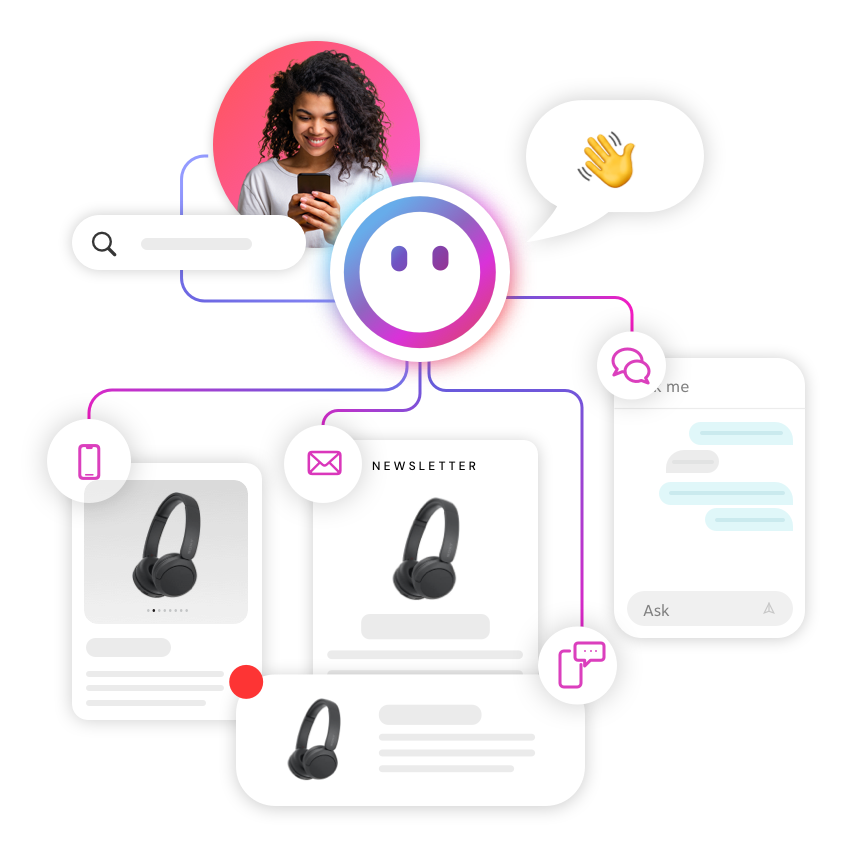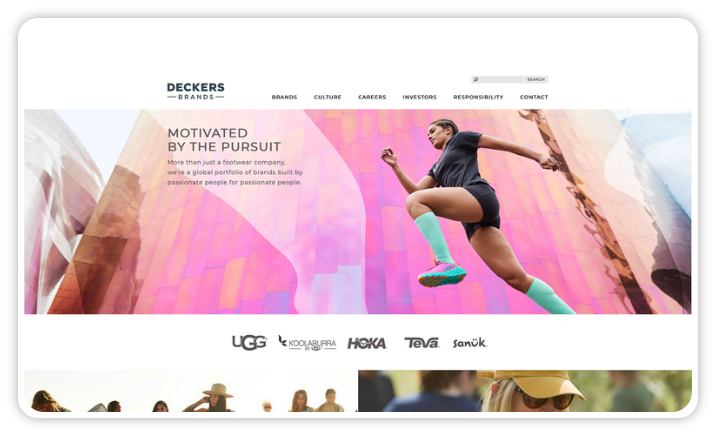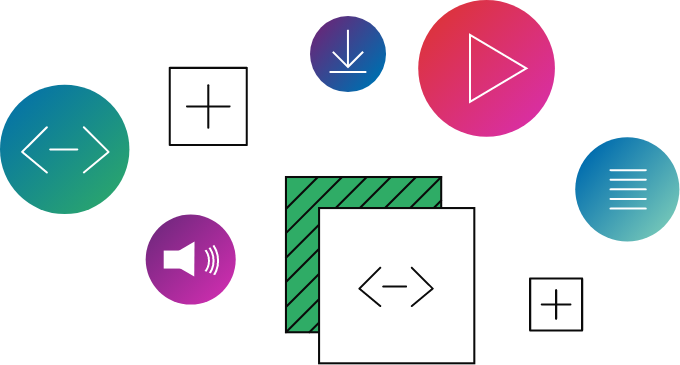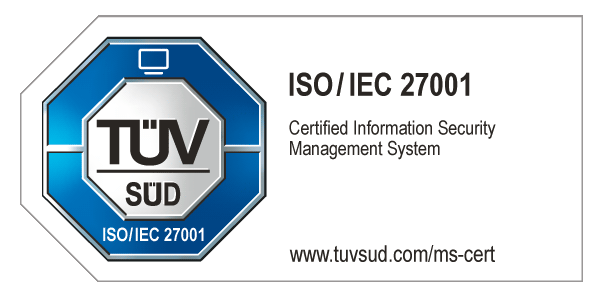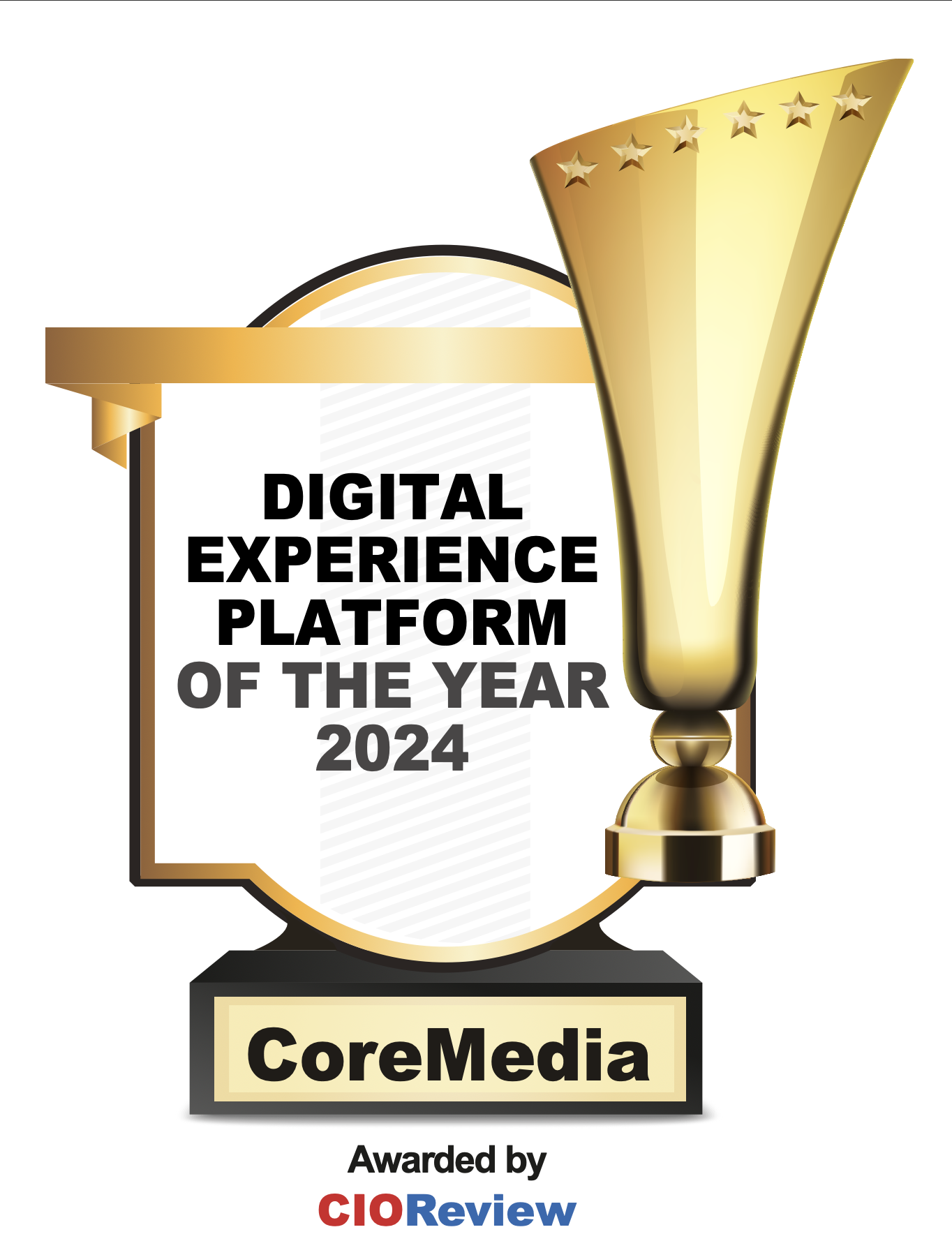That’s not magic. It’s the power of an omnichannel content strategy in action. It bridges the online and offline customer experience seamlessly, with digital signage as a strategic sales driver.
Digital screens are only as powerful as its content
When the industry talks about digital signage, the conversation often revolves around the latest high-resolution displays or flashy installations. But what really powers high-performing digital signage campaigns isn’t the screen itself, it’s the content behind it. Content that’s contextual, personalized, and consistent across all customer touchpoints.
Whether it’s a shop window, a kiosk, or a screen at checkout, what matters is what you show and how well it fits the customer journey. An omnichannel content management system (CMS) ensures that content is consistent, timely, and tailored. No matter where it’s seen.
Why digital signage needs an omnichannel strategy
Digital signage shouldn’t exist in isolation. To be truly effective, screens need to be part of a larger omnichannel strategy that includes your website, mobile apps, social media, and even your customer service channels.
With a centralized CMS, all your content comes from one place. No matter if your customers engage with in-store screens, your website, or mobile app. Promotions, product updates, or service messages are always consistent with your brand and up-to-date, on every channel.
But consistent doesn’t mean one-size-fits-all. Each touchpoint should show content that fits its local audience, the format and location of the screen and even real-time conditions. So, whether it’s raining in Hamburg or a new trend is taking off in Porto, your content needs to be relevant and perfectly timed.
Benefits of an omnichannel CMS:
Unified content across all physical and digital touchpoints
Real-time updates and adjustments
Personalized offerings based on location, time, or behavior
Better campaign performance with less effort
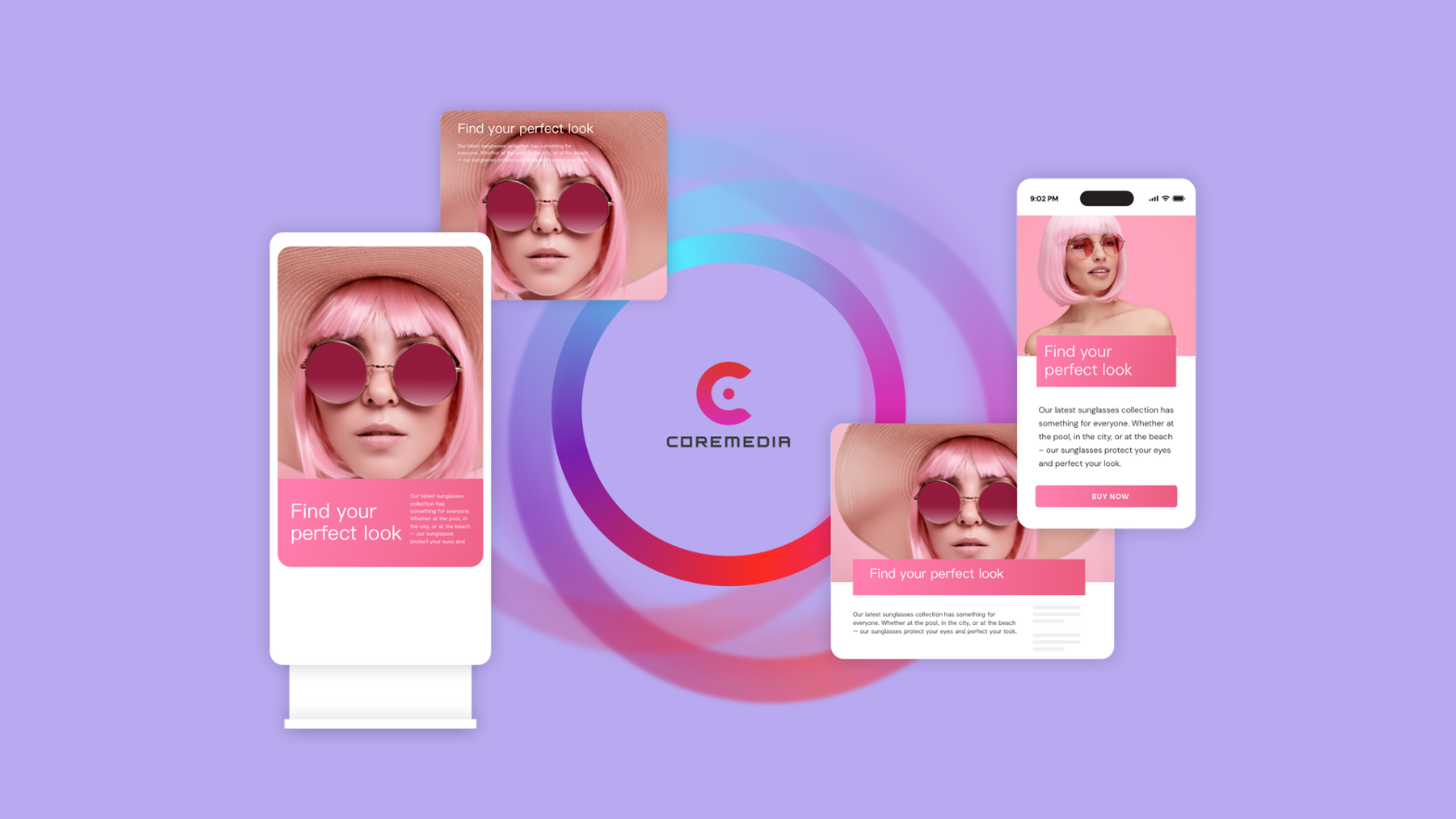
From static screens to sales drivers
Gone are the days when digital signage was just a looping slideshow. Today’s screens are smart, contextualized, responsive, and support measurable business goals.
Only with the right data and a centralized content strategy can brands use their full potential. Connected to inventory systems, customer behavior, location data, and even the weather, screens become agile marketing tools that adapt in real time. They help businesses stay relevant, react faster, and engage customers more effectively - right where purchase decisions are made.
Real-world examples across industries:
Banking: Promote branch-specific credit offers tied to local interest rates
Telecom: Highlight regional mobile plans based on local data usage
Fashion: Showcase what’s just arrived or currently in stock in each store
Grocery: Switch from iced coffee to soup depending on the weather
Energy: Display personalized savings based on local usage data
Checkout: Trigger complementary offers or loyalty prompts in real time
From increasing foot traffic to boosting in-store conversions and increasing customer loyalty, digital screens have the potential to turn every screen into a sales opportunity.
Why screens often operate in silos (and how to fix it)
Making digital signage part of an omnichannel marketing strategy seems obvious. So why isn’t this seamless content experience the norm?
Many large organizations still manage digital signage manually or with fragmented tools. Screens often run on different systems, require separate updates, and lack access to centralized data or a single source of truth. Different formats for interactive kiosks, checkout displays, and window screens add complexity and slow teams down.
How to fix the silo challenge:
Centralize data, content, and management across all touchpoints
Deliver screen-ready content automatically from a single content platform
Scale campaigns effortlessly across locations, formats and screen resolutions
Without a flexible content platform powering your screens, they’ll just be pretty static billboards, missing the chance to turn foot traffic into loyal customers.
Is it time to switch to an omnichannel CMS?
If you’re managing screen content manually across multiple systems, you’re likely facing inconsistent messaging, high maintenance effort, and slow reaction times. Price changes, special offers, and product availability often need cumbersome updates and reach customers too late.
For companies with frequently changing content, like retailers, banks, or telecom providers, managing content with decentralized tools is a growth blocker. They often face:
Inconsistent messaging across touchpoints and locations
Delayed price or product updates
Inefficiency with other channels
Wasted team resources
A centralized omnichannel CMS like CoreMedia’s Experience Platform puts an end to this chaos. It gives you full control over all content from one place: your screens in shop windows, individual stores, or multiple locations. Content can be tailored by location and target audience, automatically adjusted for different formats and resolutions, and updated in real time. That means no more outdated promotions, no manual spreadsheets, and no contradictory messages.
Industries that benefit from an omnichannel CMS:
Banks, utilities and telecoms offering regional services
Retailers with frequent product rotations
Luxury brands delivering location-specific events and experiences
Supermarkets reacting to real-time trends
Transportation hubs displaying dynamic travel info and regional alerts
How to choose the right CMS for digital signage success
Switching to a single omnichannel CMS transforms how you manage content. A modern CMS brings speed, precision, and consistency across every screen, in every store, for every customer.
You gain:
Agility in delivering fresh, timely content
Effortless scaling when adding new displays or locations
Centralized control over all digital assets and campaigns
More customer engagement across channels, including in-stores
When evaluating a CMS for digital signage, make sure to evaluate the following functionalities:
Deep integrations with CRM, inventory, and POS systems to keep your data connected
Scalability that supports future expansion and diverse screen formats
AI-powered automation for smart content tagging and campaign optimization
Multi-location targeting to tailor messages by region or audience
Auto-scaling and cropping to ensure perfect visuals on every screen
Visual previews so you can see exactly how content will appear
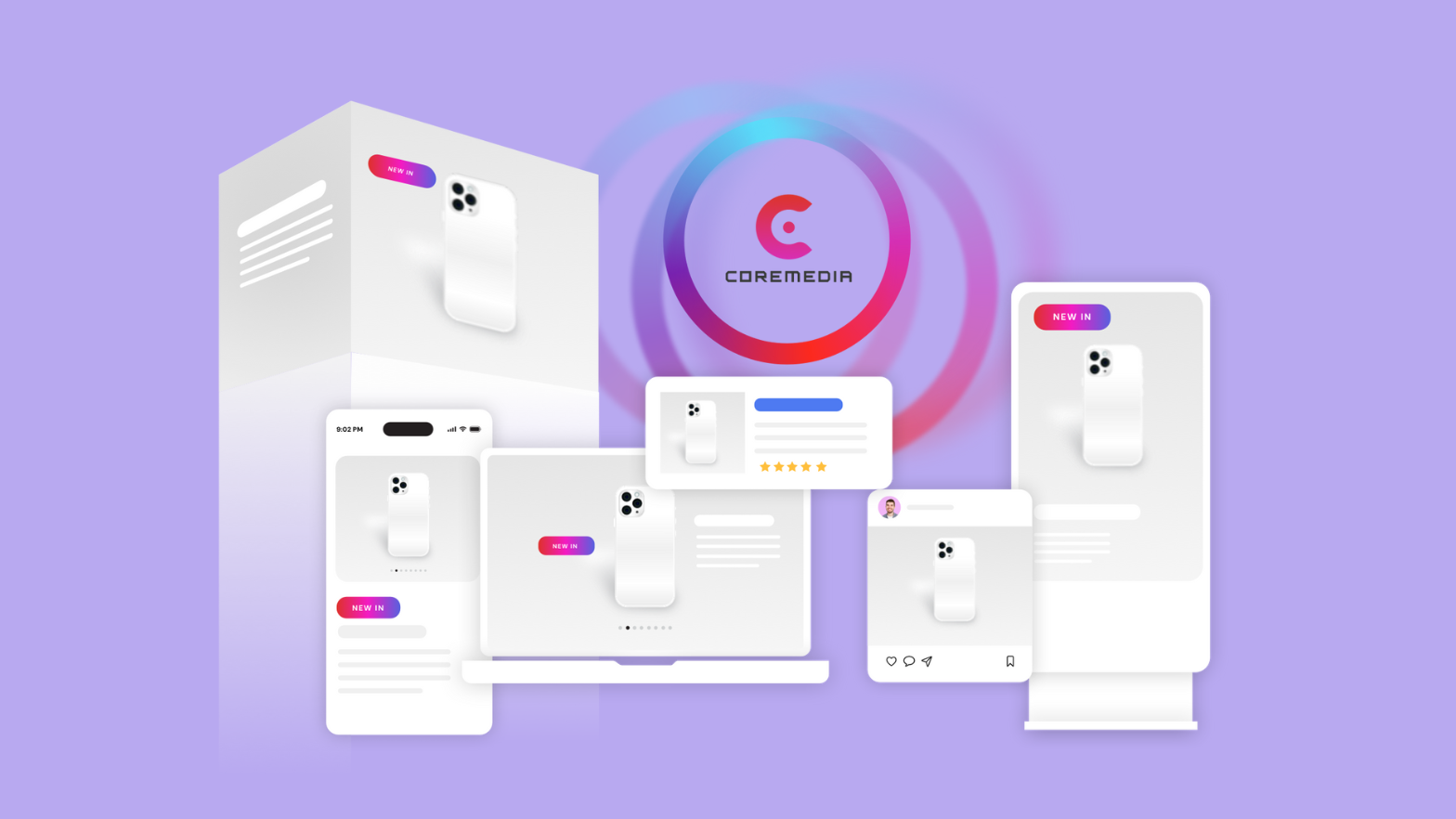
The role of AI in digital signage
Brands with physical locations are seeing a massive boost in efficiency and impact by integrating artificial intelligence into their digital signage strategy. CoreMedia KIO, an intelligent AI Co-Pilot tackles one of the biggest marketing pain points of all time: delivering more relevant, engaging content across more channels, formats, and customer segments than ever before. In real-time.
Automate the manual work
AI takes over time-consuming tasks like adapting text, images, and videos for different screen sizes and resolutions. This automation frees up teams to focus on strategic and creative tasks while content updates happen in real time, at scale.
Contextualize with real-time data and human control
AI-powered signage can adapt content dynamically based on real-world signals like location, weather, inventory levels, or shopping behavior. Price changes, low-stock alerts, or local promotions are automatically reflected on in-store displays, while humans stay in control by approving or adjusting what goes live.
Connect physical and digital customer experiences
Even small AI-enabled interactions like a QR code that connects to a product chatbot or service agent turn passive screens into interactive experiences. These touchpoints enhance the in-store journey and connect it seamlessly with digital services.
Speak to our experts
Digital signage should go beyond just being a pretty digital poster. When your digital screens are truly integrated as a vital part of your omnichannel strategy, they become high-performing and fully integrated sales tools.
Interested to learn what it means for your brand? Contact us to see how you can turn your digital screens into sales performers.
